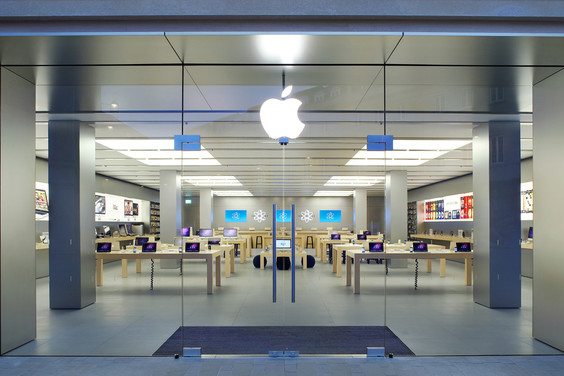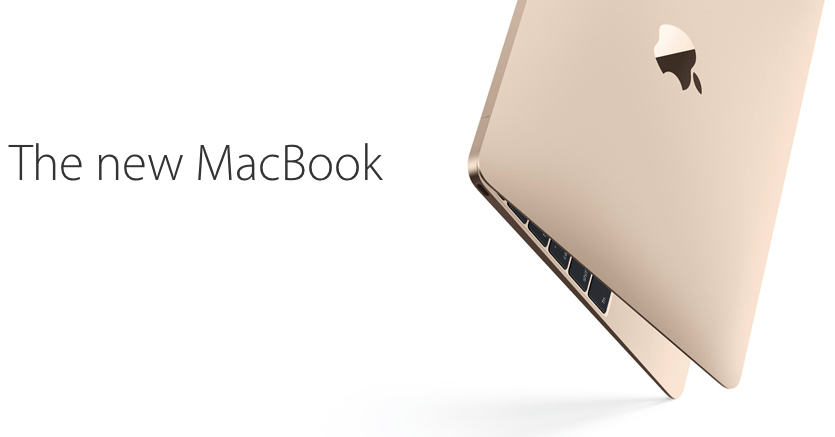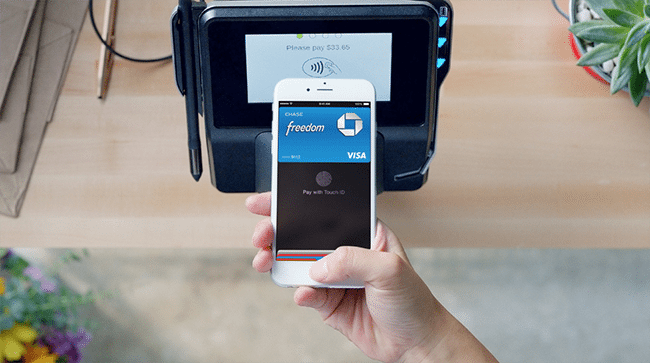AUTHOR’S NOTE: I do not know the source of this outstanding analysis, but I got it from Ben Thompson, HERE, and I will attribute it to him until such time as I’m advised otherwise.
ADDENDUM: Ben Thompson has informed me that the brilliant “Omniscience, Omnipotence, Omnipresence” analysis upon which I built this article was original to him. Outstanding!
Study the past, if you would divine the future. ~ Confucius
1) Four Ages: Hunter/Gatherer, Agrarian, Industrial, Information
It is generally accepted that the age of “Modern Man and Woman” began around 150,000 years ago.
— The Hunter/Gather Age lasted about 140,000 years.
— The Agricultural Age lasted about 10,000 years.
— The Industrial Age lasted about 300 years.
— The Information Age began about 30 years ago.
As you can tell at a glance, the Ages are occurring at an ever accelerating pace. Ideas beget ideas.
When it comes to global standards of living, history resembles a hockey stick resting on its side. ~ Marian Tupy

CAPTION: Real GDP from 1 to 2008 BCE
Humans are distinguished from other species by our ability to work miracles. We call these miracles technology ~ Peter Thiel (@peterthiel)
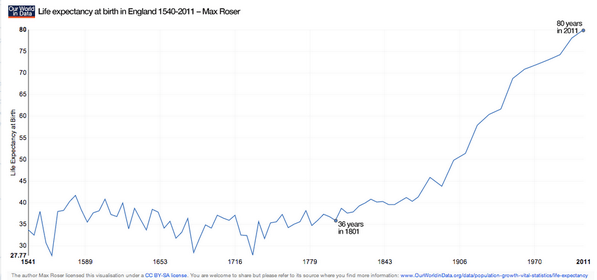
CAPTION: Life Expectancy In England From 1540 to 2011
There was a time when people owned one suit and no other garment at any given time. Only a century ago. ~ Horace Dediu (@asymco) 11/1/14
If you’re yearning for the good old days, just turn off the air conditioning. ~ Griff Niblack
If you think you have it tough, read history books. ~ Bill Maher
The Agriculture Age multiplied our food. Farmers could grow enough food for themselves, and have a surplus to sell to others. This allowed for the rise of cities and civilizations.
The Industrial Age multiplied our muscle. A single person sitting in a bulldozer could do the work of thirty, and do it while exerting much less back-breaking effort.
The Information Age is multiplying our minds. A single mind can crunch calculations in seconds that a thousand clerks could not have completed in a decade.
For me, a computer has always been a bicycle of the mind. Something that takes us far beyond our inherent abilities. ~ Steve Jobs
2) The Information Age
My 7 year old just asked “Does B.C. mean before computers?” ~ Micah N Gorrell (@_minego) 6/14/15
The Information Age — which only just began 30 years ago ((Contrarians often contend that one age has not yet ended, which means the next age, or stage, could not yet have begun. However, when a new age or stage begins, the other age or stage does not disappear, it simply diminished in importance. A new — more important — layer is added atop the last.
—
Man and womankind did not stop hunting when the Agricultural Age began. Neither did they stop growing food when the Industrial Age began. Just the opposite — they grew food at an every faster pace.
—
The farmer since 1800 has become more productive in the United States by a factor of 36. -Deirdre McCloskey
—
The same is true of the Information age. Just because we’ve left the age of desktops and notebooks does not mean that they’ll disappear, anymore than agriculture or industrial machinery disappeared.)) — is already in its third stage.
Stage 1: Omnipotence
The computers of the 1980’s and early 90’s were all about Omnipotence — the promise of computing power. The combination of Microsoft, Intel and Moore’s law, kept computing power doubling and re-doubling, seemingly ad infinitum.
Stage 2: Omniscience
The mid-ninties brought us Omniscience. The combination of the Internet and Google Search put all the knowledge of human history at our fingertips. Some of us were less-than-impressed with how we actually employed this seemingly god-like power ((“I have a device in my pocket containing the sum of all human knowledge…
…I use it to view pictures of cats, and start arguments with strangers. ~ Phil Veal
—
I’ll use a quote from Steve Jobs to respond to the pessimism expressed, above:
—
Tools are always going to be used for certain things we don’t find personally pleasing. And it’s ultimately the wisdom of people, not the tools themselves, that is going to determine whether or not these things are used in positive, productive ways. ~ Steve Jobs)) but no objective observer can deny that our ability to rapidly and accurately search the internet was a giant leap forward in the way in which humans gained access to their shared storehouse of knowledge.
 .
.
CAPTION: The main file room at FBI headquarters in Washington DC, 1944 (via LIFE)
Stage 3: Omnipresence
The smartphone industry compressed 25 years of PC industry history into 5. ~ Benedict Evans (@BenedictEvans) 11/12/14
The third stage of the Information Age was initiated by Apple in 2007 and 2008 with the introduction of the iPhone and the App Store, and extended by Google with the introduction of their free Android operating system.
TOUCH USER INTERFACE
Pundits underestimate the revolutionary power of the intuitive smartphone user interface — probably because we’re old. Remember IT departments? Kid’s don’t.
An entire generation is growing up without knowing what ‘I don’t have local admin rights’ means. ~ Benedict Evans on Twitter
Teaching a teenager how to use a smartphone is like giving a fish a bath. ((Shamelessly stolen from Arnold H. Glasgow: “Telling a teenager the facts of life is like giving a fish a bath.”))
Using our fingers — using touch as the primary input method — seems so natural, so obvious, to us now. But it wasn’t at all obvious in 2006.
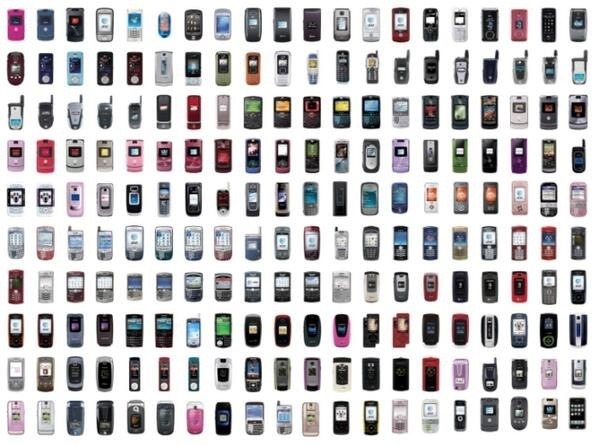
So much of what we try to do is get to a point where the solution seems inevitable: you know, you think ‘of course it’s that way, why would it be any other way?’ It looks so obvious, but that sense of inevitability in the solution is really hard to achieve. ~ Jony Ive
Microsoft and Blackberry made smarter and smarter user interfaces. But we didn’t want a smarter user interface. What we wanted — and what Apple gave us — was a user interface that makes US feel smarter. A user interface that makes us feel better about ourselves. A user interface that makes computing FUN and something we want to do, even when we don’t have to do it. The iPhone user interface gave us all that…and more.
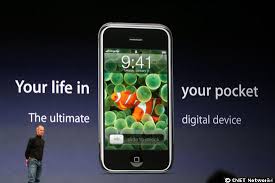
APP STORE
People sometimes forget that the iPhone was introduced in 2007 and that it took another year before the App Store was introduced.
It will take until February (2008) to release an SDK because we’re trying to do two diametrically opposed things at once: provide an advanced and open platform to developers while at the same time protect iPhone users from viruses, malware, privacy attacks, etc. This is no easy task.,” Jobs wrote on Apple’s Hot News page. “We think a few months of patience now will be rewarded by many years of great third party applications running on safe and reliable iPhones. ~ Steve Jobs (Quote provided via Mark Rogowsky, of Forbes)
Talk about an understatement.
The powerful one-two combination of the iPhone/App Store — like the powerful combination of Microsoft Windows/Intel and the combination of Internet/Google Search — created a wholly new category of device that was so small, so easy to use, and so easy to enhance via seamless — and inexpensive — access to software programs known as “apps”, that almost every person on Earth could — and more importantly, every person on Earth would want to — carry it with them at all times.
Removing what seems like trivial friction can have an enormous impact on how useful a product is. ~ Benedict Evans (@BenedictEvans) 6/18/15
How true. But the App Store removed more than trivial friction. It removed an entire dam of frustration and unleashed a virtual flood of innovation. How quickly we forget that, in 2007, if we wanted to install software on our computers, we used to have to travel to a store, buy software in a box — often at hundreds of dollars per program — bring it back to our home or office, spend hours installing it, and act as our own IT department if anything went amiss. Nowadays, I can be flinging angry birds at hungry pigs in a mere matter of seconds. Or, to take a slightly more serious tack, I can annually upgrade my computer operating system — with virtually no effort — from almost anywhere — for free.
At the Apple World Wide Developer Conference (WWDC), Apple released a video entitled “The Incredible Impact of Developers” ((The video was named “The Incredible Impact Of Developers” when it was originally displayed on Apple’s web site, but it has since been renamed “The App Effect” when it was made available on YouTube.)). You can watch the video, HERE.

Here are two transcribed excerpts from the video:
Apps plus handheld devices. I think that’s a watershed moment for civilization. I put it up there with the invention of the microscope and the telescope. Here we live in a time where the most powerful tools ever imagined to investigate and probe our world are in the hand of essentially everyone. ~ Neil deGrasse Tyson, Astrophysicist
If you think the industrial revolution was transformational, the App Store is way bigger. I don’t think we’ve seen anything reach a mass adoption at anything close to this pace. It took, for example, electricity over 100 years to get to its first 50 million users. It took television 13 years…and the App Store got to 50 million users in only 17 months. ~ James Manyika, Director, McKinsey Global Institute
Perhaps you think the above speakers are engaging in egregious hyperbole?
Or, more likely, you have forgotten the 9 circles of hell that you had to sojourn in order to download an application onto your mobile phone in 2006. Dante’s hell hath no fury like that of the Verizon and Cingular technocrats of yore.
Do you remember WAP? Well, of course you don’t. You have psychogenic amnesia, which is your brain’s way of protecting you from traumatic events — like WAP — that are too horrible for the psyche to bear. If you were to look up the historical records, you would see that WAP caused early onset Tourettes. Victims, who had been exposed to WAP for too long a period of time, would begin to twitch, violently convulse, and suddenly break into uncontrolled fits of swearing.
Human beings have an almost infinite capacity for taking things for granted. ~ Aldous Huxley
The hardest part of creating a new platform is getting developers to develop for it. And Apple made that part look like a walk in the park.
In 2008 Apple launches the App Store with 500 apps. In 2015 the App Store has 1,500,000 apps.
The average person has 119 apps.
850 apps downloaded every second.
100,000,000,000 apps downloaded.
It’s not hyperbole if it’s real. And there’s nothing more real than the effects of the smartphone/app store combo.
$10.35 billion: amount American moviegoers spent on ticket purchases.
$14.28 billion: amount iOS users spent on apps.
~ Horace Dediu on Twitter
The term “game changer” is way over used, but when it comes to the iPhone/App Store combo, the term is spot on.
We were able to change the rules of the game, and that’s what got us excited about getting in the phone business. ~ Steve Jobs
3) The Omnipresence Stage
The current stage of computing is Omnipresence and it has been misunderstood, misapplied and misdefined.
Misunderstood
The important part of “Mobile” devices is not their mobility, but the fact that they are ever present on our persons.
Yes, it’s true that many people DO NOT carry their Smartphones with them at all times…yet. But this is only because it is early days. As time passes, even the outliers will be drawn toward keeping their phones with them at all times. And, as an aside, this is one of the reasons why wearables are a shoo-in to become the next great computing category. More on that, below.
Misapplied
Note that while the category “mobile” lumps tablets and phones together, “Omnipresence” does not. Phones are ever present. Tablets are not. Computing has bifurcated into primary supercomputers that we always have with us and secondary computers that have larger screens.
We tend to think of ‘tablets and smartphones’ as a new category next to ‘PCs’. More helpful to think of ‘big screen and small screen’. ~ Benedict Evans (@BenedictEvans)
Tablets are not hired to do the same job as smartphones. While smartphones are our primary — and for most, our only — computing devices, tablets — along with hybrids, notebooks and desktops — are secondary devices catering to those who need greater screen size, flexibility, complexity or power.
Posit, paradox of usability: the more powerful, flexible & general-purpose a computer system, the smaller/narrower the user base & use cases. ~ Benedict Evans (@BenedictEvans)
‘Computing’ is inexorably being absorbed by the mobile phone. ~ @asymco
Misdefined
Yes, today’s devices are “mobile”, but that is not what defines them. The current stage of computing is defined by the intersection of three separate elements:
1) Everyone; will have a
2) Supercomputer;
3) With them at all times.
4) Everyone
Everyone’s going to have a mobile phone. Yes, everyone. ~ Benedict Evans on Twitter
7.1bn people on earth.
5.2bn adults
4.4bn literate adults
3.5-4bn mobile phone users, so far
~3bn internet users
~ Benedict Evans on Twitter
Some time next year, the 20 billionth mobile phone will be sold. ~ Benedict Evans (@BenedictEvans) 6/17/15
Smartphones are being sold to four-fifths of the adults on the planet.
More people on earth have a mobile phone than a street address. ~ Benedict Evans (@BenedictEvans)

By 2020, 90 percent of the world’s population over 6 years old will have a mobile phone. – Ericsson
Largest Tech Expansion Ever
In 2007, Apple introduced the modern smartphone. Eight years later, there are approximately 2 billion Smartphones in existence and we are headed town having 4 billion people on earth with a Smartphone. Smartphones are being sold to almost everyone on earth and they are upgraded every two to three years. There will soon be something like 5 times more smartphones than consumer PCs and, unlike PCs, they will be always will you, available for use both both at work and at home and while traveling.
Unit sales since 1995:
16.7bn phones
4.2bn PCs
~ Benedict Evans on Twitter

Mobile phones sell at ~2bn units a year, to ~4bn people, at $200 avg. Has any manufactured product ever done similar? ~ Benedict Evans on Twitter
The sale of a smartphone to ~4bn people in the next few years is the largest expansion of the reach of industrial capitalism in history. ~ Benedict Evans (@BenedictEvans) 11/16/14
(Emphasis added)
First
For hundreds of millions of people, mobile phones are not just their first computer but their first electrical device of any kind. ~ Benedict Evans on Twitter
Many middle-class families in China never owned a personal computer or television, jumping directly to mobile devices. ~ Ajit Pai on Twitter
Over half the rural population of Bangladesh now has a mobile phone. That’s a totally new kind of purchase. ~ Benedict Evans on Twitter
5) Supercomputer
Today, your cell phone has more computer power than all of NASA back in 1969, when it placed two astronauts on the moon. ~ Dr. Michio Kaku
Today, your cell phone has more computer power than a supercomputer called a Cray-1 back in 1975. A Cray-1’s raw computational power of 80 million floating-point operations per second (FLOPS) pales beside the 76.8 Gflops inside the iPhone 5s.
Today, your cell phone has more computer power than a supercomputer called a Cray-2 bak in 1990. The Cray-2 was the worlds fastest computer. The liquid-cooled, 200-kilowatt Cray-2 had a performance of up to 1.9 GFLOPS, which still compares unfavorably to the 76.8 Gflops inside the iPhone 5s.
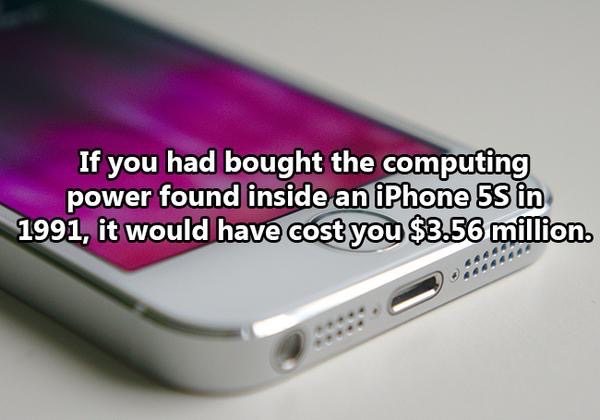
https://twitter.com/BenedictEvans/status/535119007569821696
6) Everpresent
The most interesting place to be is no longer in front of a computer, it’s to go out into the world with a computer in your hand. ~ @monkbent
An always-with-us device changes entirely the way we interact with our computers and the way everyone else, who has a supercomputer in their pocket, interacts with us. The always-on-you supercomputer changes the way we communicate, and the way we exchange ideas. It even changes the way we trade and it has — already — created an entirely new branch of trade known as the sharing economy.
Someone much smarter than me, called the smartphone a “cursor for the cloud”. The smartphone always knows where you are and that adds context — a dimension that simply was not possible with earlier computer devices.
Communication
The productivity benefits of asynchronous communication are hard to overstate. Not too long ago, the world ran on meetings and phone calls. ~ Balaji S. Srinivasan on Twitter
There will be more written on Twitter in the next two years than all the words in all the books ever printed. ~ Dataclysm
If you look at the personal computer, it’s going from being a tool of computation to a tool of communication. ~ Steve Jobs
Exchange
We’re now talking not about hundreds of people getting the benefits of an idea, but of millions. ~ “The App Effect”
Cameras

The above bears repeating. There will be more photos taken this year than were taken on film…EVER.
Do you think all the recent videos of police shootings are a coincidence? Think again. Everyone has a camera with them at all times.
Trade
The key to rising prosperity over the course of human history has been the exchange of goods. ~ Bill Gates
If you have networks of trade and exchange, it becomes cheaper to buy stuff than to steal it. ~ Steven Pinker
No meaningful shopping malls have opened in the US since 2009. ~ Benedict Evans on Twitter
Just stop for a moment and think about the implications of the above.
Thanks largely to smartphones, ecommerce is a $4b industry in… Vietnam. ~ Andrew McAfee (@amcafee) 6/13/15
It turns out, there are a lot of middlepersons in this society. And they generally tend to slow things down, muck things up, and make things more expensive. The elimination of them is going to be profound. ~ Steve Jobs
Sharing Economy
We don’t have to own things. We don’t have to own our own cars. We don’t have to own our own music. We can call it up when we need it. ~ “The App Effect”
Apps like airbnb and Uber have literally changed the way we do business.
Who’d have thought NYC taxi revenues would be slashed in 2014, because of iPhones… ~ Walt French 10/2/14
No one predicted Uber when the iPhone came out in 2007. No one. The truth is, we just don’t know what these devices will allow us to do next. We. Just. Do. Not. Know.
7) Changing The World
Most tech innovation is attacked as ‘rich people’s toys’, but ends up giving the poor things that previously only the rich could have. ~ Benedict Evans (@BenedictEvans)
See if you can think of a technology that didn’t start looking like a toy for rich people. Now, one that didn’t help everyone. ~ Benedict Evans on Twitter
It’s still a common mistake to see smartphones (and even phones) as a luxury. In fact, their value is inversely proportionate to income. ~ Benedict Evans (@BenedictEvans) 8/15/14
Mobile in emerging markets solves problems much further down Maslow’s Hierarchy. ~ Benedict Evans (@BenedictEvans) 8/24/14
The Juniper report divides the two groups thus: Poor people use the mobile Internet for personal advancement, whereas rich people use it for personal convenience.
24 percent of people in developing countries use the mobile Internet for educational purposes, versus 12 percent in the richest countries. ~ Juniper Report
97 percent of people in developing countries say mobile Internet access has been transformative in their lives, versus 78 percent in the richest countries, including the United States. ~ Juniper Report

CAPTION: Charging Phones Via Solar Power
Some people will walk for a day or more just to charge their phone in parts of Sub-Saharan Africa… ~ @BenedictEvans
8) The Next Stage — Always With Us…And Always On Us
The Ages of Man and Womankind are moving faster and faster, and the stages of the Information Age are tumbling, one upon another, at an every quickening pace.
As I mentioned, above, the Information Age is only 30 years old, but we’re already in the third (Omnipresence) stage. The third stage of the Information Age began only 7 years ago, with the introduction of the App Store… but we may already be entering the next stage of development.
Smartphones (pocket supercomputers) are important because they are always with us, but smartwatches ((Smartwatches are poor descriptions of wearable technological devices, because the time keeping aspect of the device is its least important attribute. In other words, the watch is to a smartwatch as the phone is to a smartphone.)) are not only always with us but, unlike smartphones, they are also always on us, too. This adds at least two wholly new dimensions to computing.
Identity
First, being “always on us” adds Identity. The Smartwatch knows who we are — and that we are who we say we are — and this allows us to discreetly and securely broadcast our identity to payment centers, other individuals, home and car locks, and an endless variety of wirelessly connected devices.
Sensors
Second, being “always on us” adds sensors that are in touch with our bodies and which can read and monitor our physical condition.
I think we’re in the very early days of sensors. We’ll soon look back at the Apple Watch’s feeble heart-rate monitors and mock them in the same way that we currently mock the original iPhone’s inability to take videos or perform simple tasks such as “cut and paste.”
Even though we’re only in the early days, the path ahead is clear to see. Once the Smartwatch becomes the norm — and it’s already well on its way — and once sensors become more sensitive and more powerful — the health and fitness benefits that the Smartwatch will provide to us are, literally, unimaginable. (Or, at least, the health and fitness benefits are beyond the limits of this author’s poor imagination.)
Just as one example, some modern cars can automatically alert a service center about a technical problem, yet a child’s looming illness creates no such alert. Children being born today will look back at their parents lives and wonder how they even survived without “always-on” devices to monitor their health.
You think I’m exaggerating? Try this experiment. Picture the state of technology that existed on the day you were born. Got it? Archaic, right?
That is how children being born today will picture the smartwatch.
9) The Next Age
I’m talking about entering the next stage in the Information Age, but perhaps I should be talking abut entering the next Age of Man and Womankind, instead.
With Google Now and Apple’s recent entry into predictive technology, it’s clear that technology is morphing out of the role of a dumb servant and into the role of a helpful, ever-present, assistant.
The next thing is going to be computer as guide or agent. And what that means is that it’s going to do more in terms of anticipating what we want and doing it for us. ~ Steve Jobs
However, my guess is that the next Age, after the Age of Information, will be tiny wearable devices imbedded in our clothing or our bodies, which will act — for the most part — without conscious interaction or decision-making on our part. Today, supermarket doors slide open as they anticipate our approach. Tomorrow’s technology will anticipate our approach and prepare our path. Who knows where that path may lead?
Science is magic that works. ~ Kurt Vonnegut on Twitter
10) Conclusion
Mankind, by the perverse depravity of their nature, esteem that which they have most desired as of no value the moment it is possessed… ~ François de Salignac de la Mothe Fénelon, Télémaque
The Agricultural Age gave us a cornucopia of food. The Industrial Age gave us the strength of giants. The Information Age has given us the god-like powers of omnipotence, omniscience and now, omnipresence.
I was a peripheral visionary. I could see the future, but only way off to the side. ~ Steven Wright
I suspect that most of us are peripheral visionaries too. We can see things way off to the side, but we often don’t see the things that are occurring right in front of us.
I don’t know much, but I know this: We’re still just at the very beginning of all this.
And I can’t wait to see what happens next.

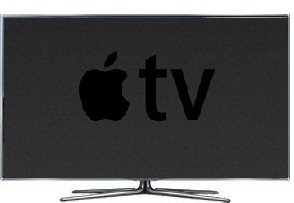
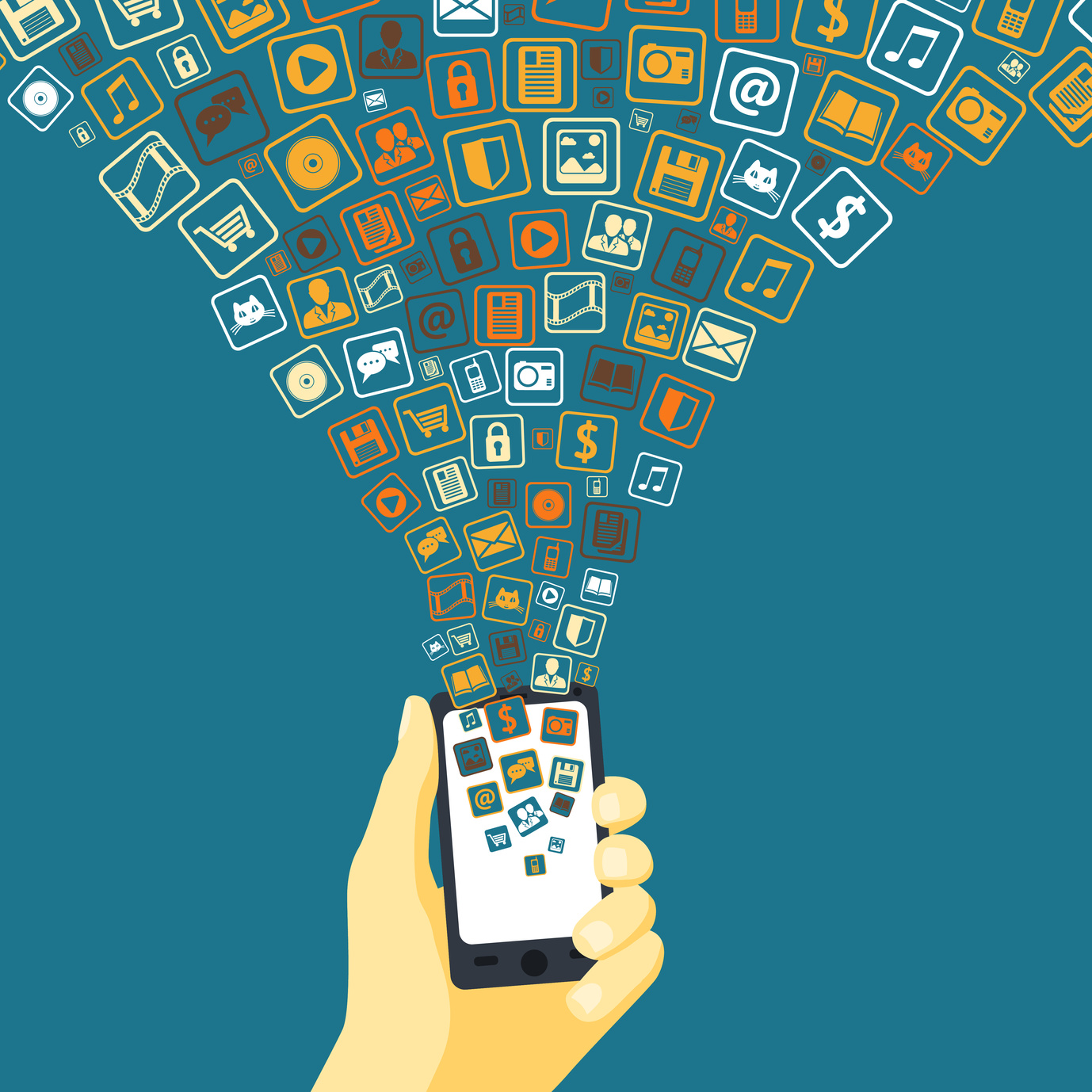
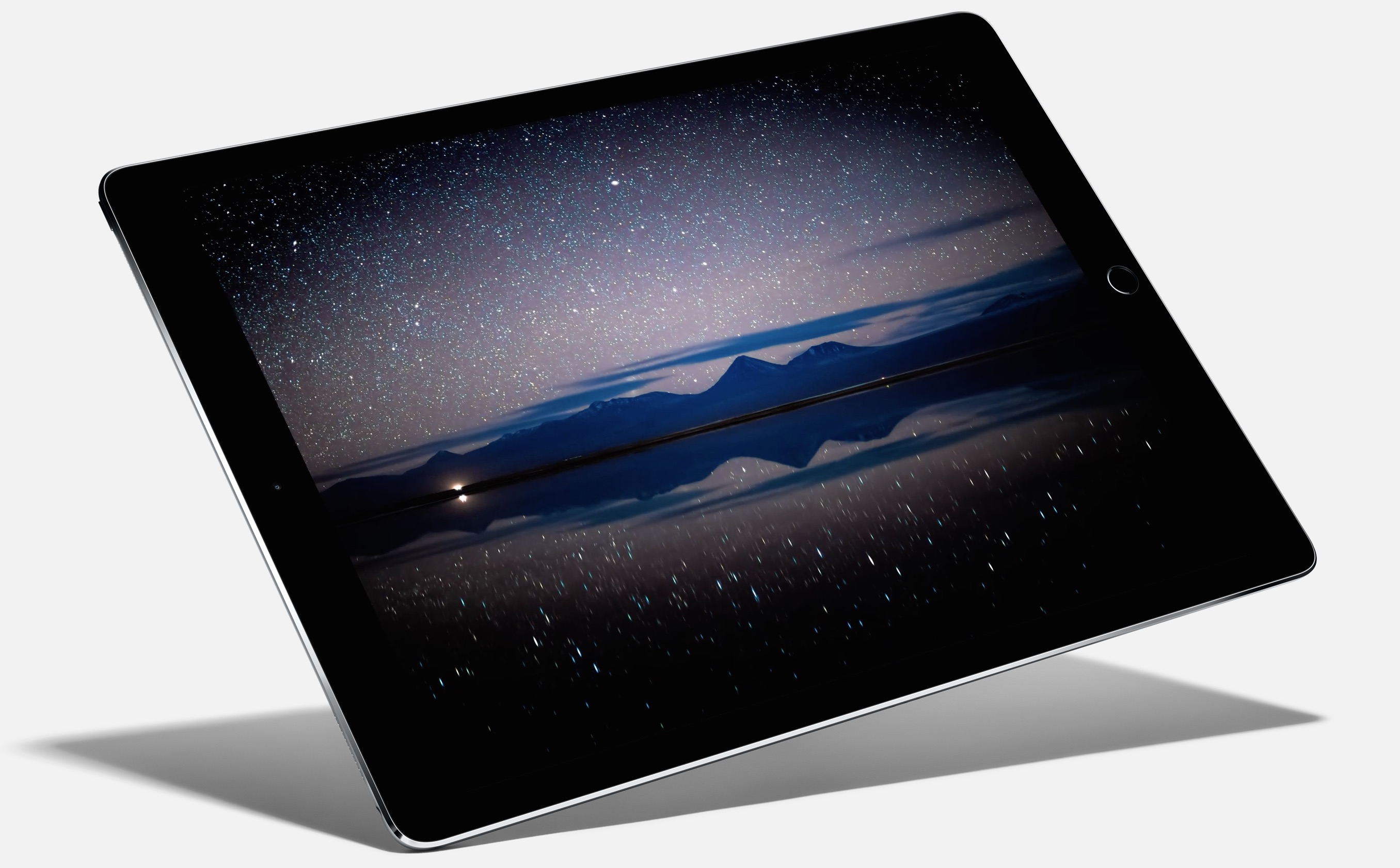
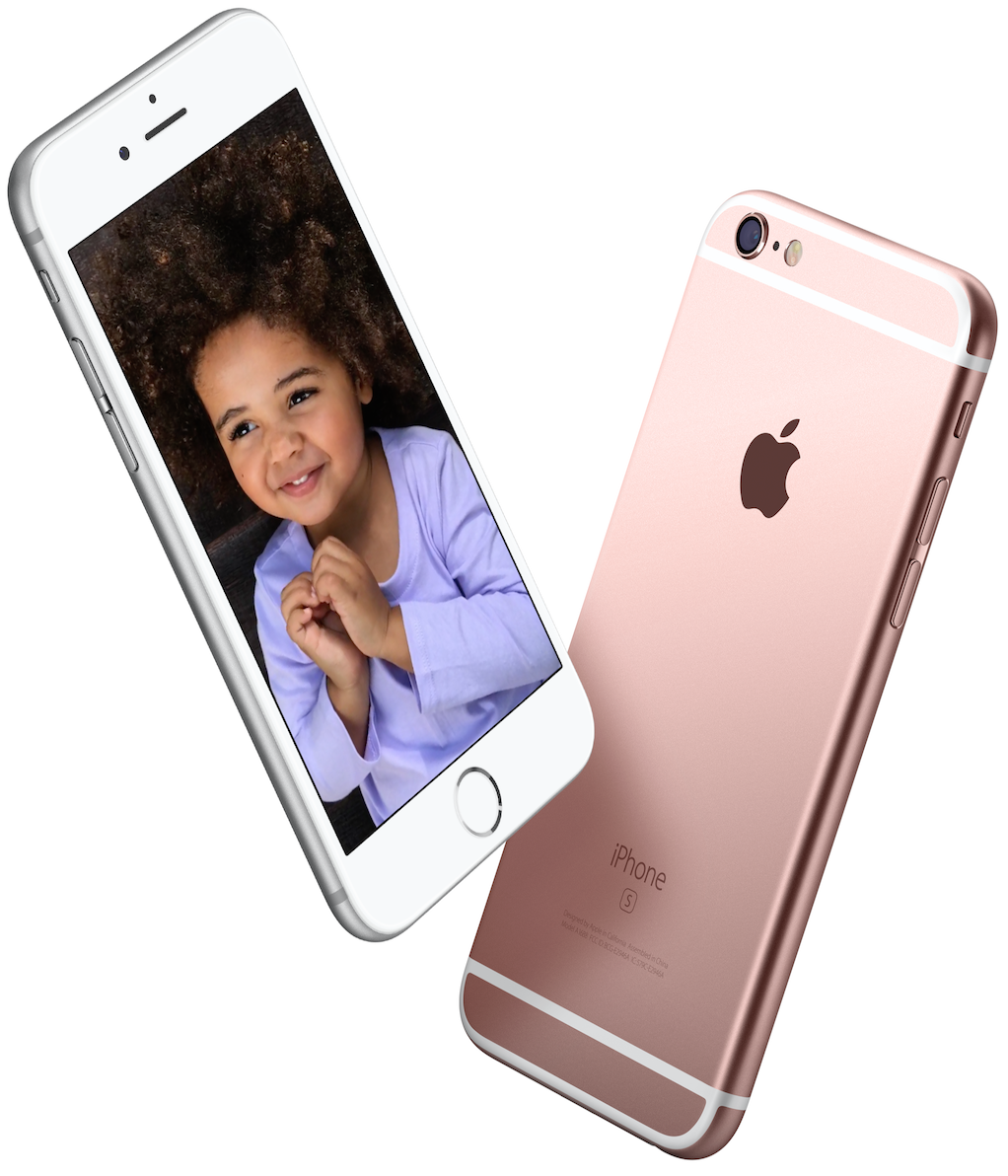
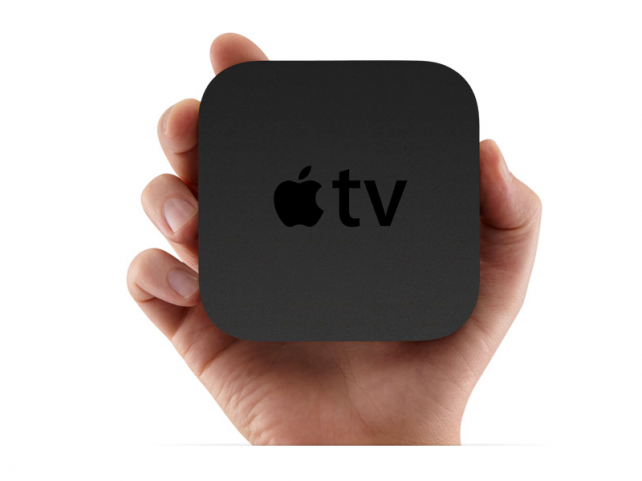

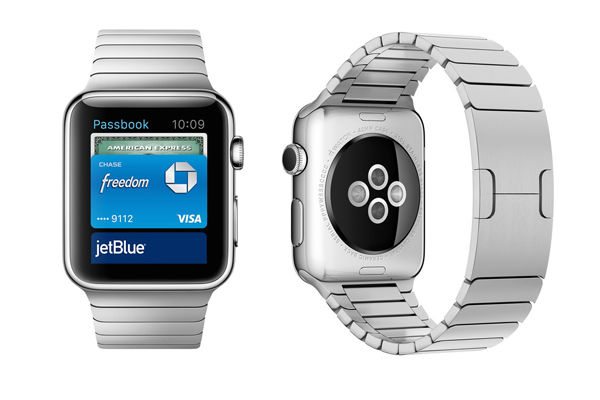










 .
.








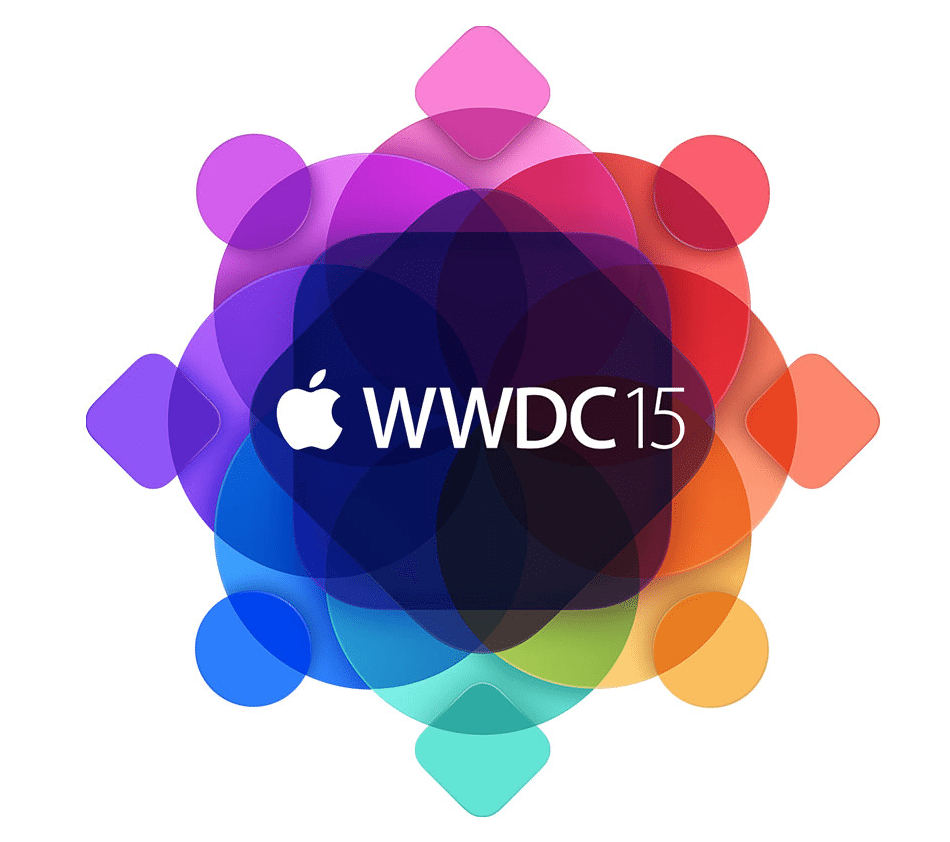
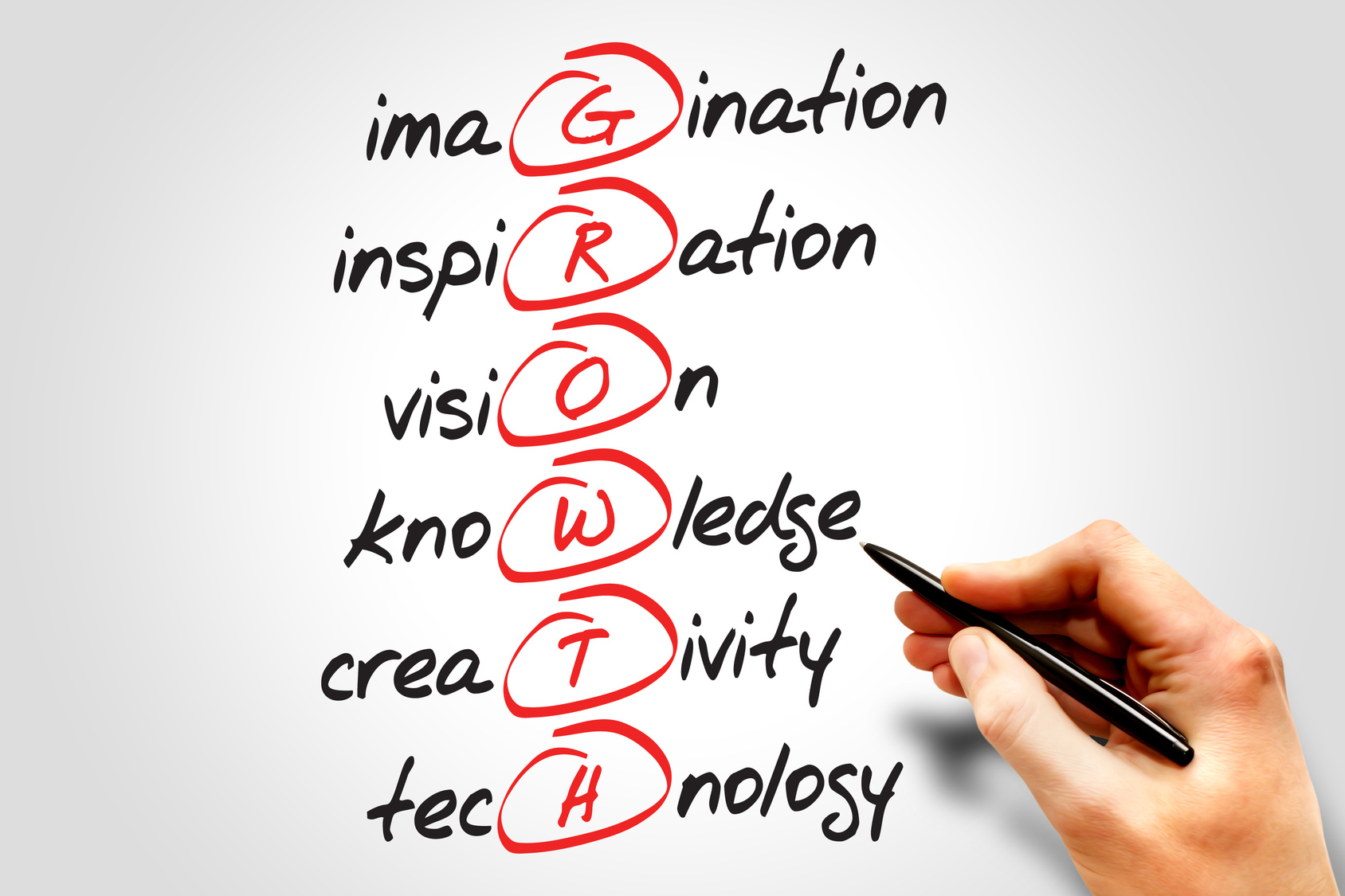
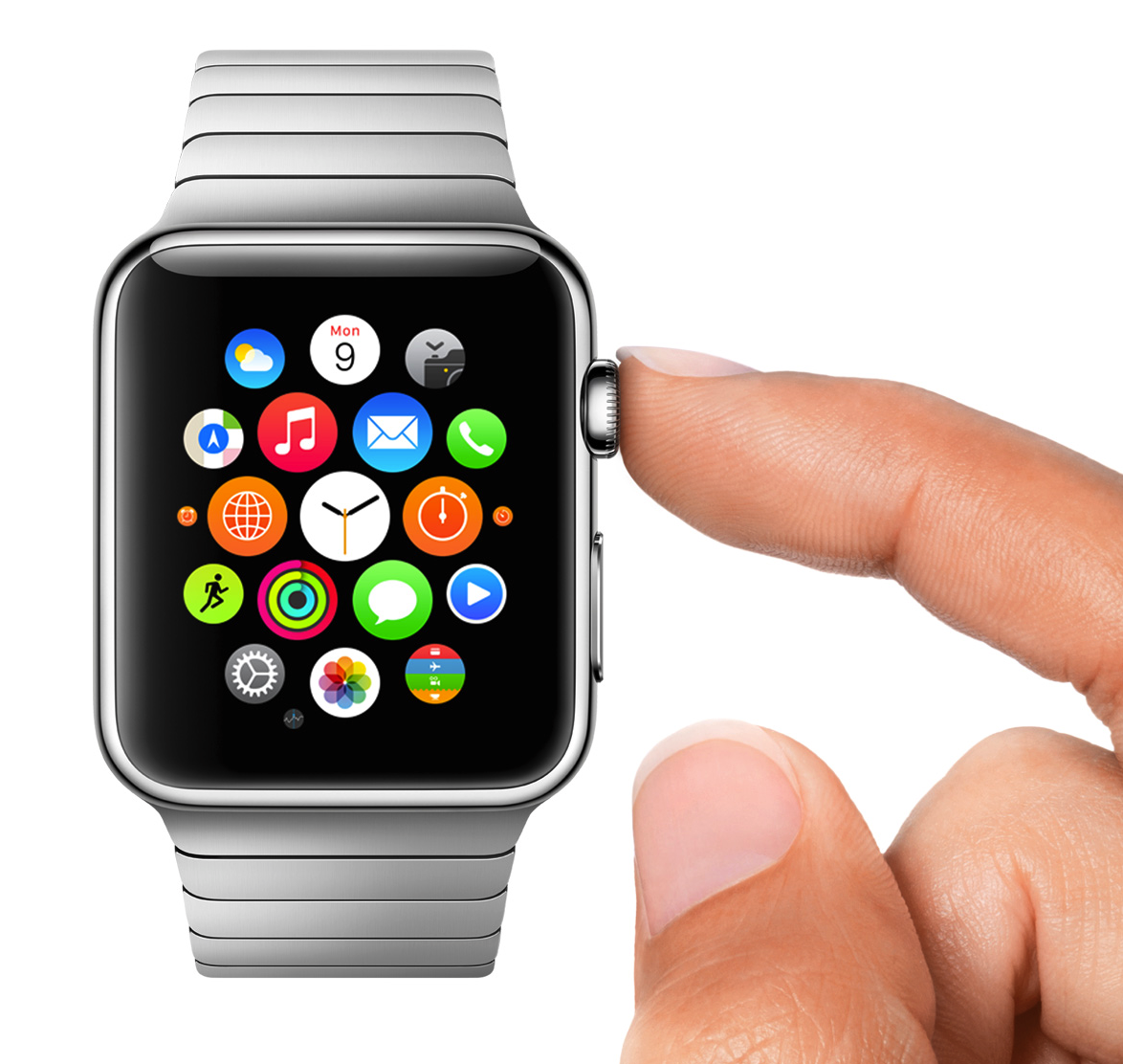
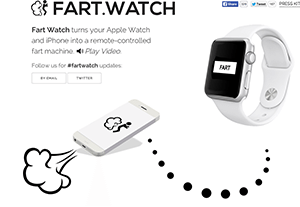 Seriously, with years of iPhone app experience, Apple has created the rules for software to make the additions relatively useful. Apple has a long, 26-item list of things in the Functionality section of the
Seriously, with years of iPhone app experience, Apple has created the rules for software to make the additions relatively useful. Apple has a long, 26-item list of things in the Functionality section of the 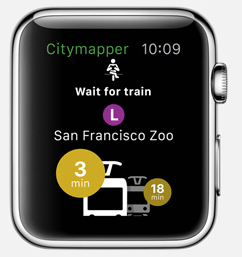 Of course, the availability of the iPhone produced a flood of products in the App Store. Many of them are simply a small-screen extension of popular iPhone apps. Only a relatively few really help, for example American Airlines offering that gives key flight information on your wrist as you dash through the terminal, providing service that is easier to get to than a similar report on a phone. Sneaking a glimpse at the score of a sports event, checking the coming of a subway train, or entering a payment into a parking meter could be very helpful. And, as my partner Ben Bajarin has
Of course, the availability of the iPhone produced a flood of products in the App Store. Many of them are simply a small-screen extension of popular iPhone apps. Only a relatively few really help, for example American Airlines offering that gives key flight information on your wrist as you dash through the terminal, providing service that is easier to get to than a similar report on a phone. Sneaking a glimpse at the score of a sports event, checking the coming of a subway train, or entering a payment into a parking meter could be very helpful. And, as my partner Ben Bajarin has 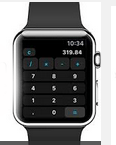 Calculators may be the worst idea of the Watch. Of course, calculators have been available on electronic watches for a long time—Casio offered them on cheap watches 20 years ago. Meanwhile, today you can pay up to $1,200 for a 1970s
Calculators may be the worst idea of the Watch. Of course, calculators have been available on electronic watches for a long time—Casio offered them on cheap watches 20 years ago. Meanwhile, today you can pay up to $1,200 for a 1970s 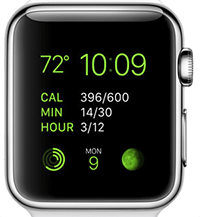 I think health care, both do-it-your-self health and physical techniques and more professional medical apps, will probably be very important. Apple sees its software launch of HealthKit as a success and CEO Tim Cook called the response to ResearchKit, a tool that allows medical researchers to easily collect data from participants, “simply amazing.” The Watch, for example, can be improved in these functions not only because it has better sensors than a phone but it can be more thorough in the collection of data because it remains on the body more reliably than phones do.
I think health care, both do-it-your-self health and physical techniques and more professional medical apps, will probably be very important. Apple sees its software launch of HealthKit as a success and CEO Tim Cook called the response to ResearchKit, a tool that allows medical researchers to easily collect data from participants, “simply amazing.” The Watch, for example, can be improved in these functions not only because it has better sensors than a phone but it can be more thorough in the collection of data because it remains on the body more reliably than phones do.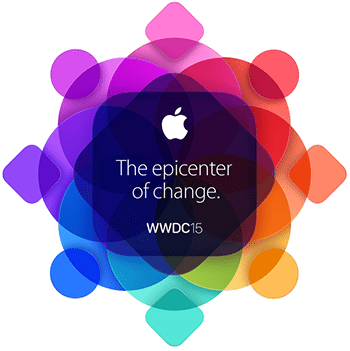
 Apple hasn’t made it a secret that the Apple TV will be a key element of the World Wide Developers Conference in June. We can only hope Apple has some major improvements developing. Today, Apple is one, and by no means first, in a big collection of TV media streamers. All provide valuable service, but none do it particularly well.
Apple hasn’t made it a secret that the Apple TV will be a key element of the World Wide Developers Conference in June. We can only hope Apple has some major improvements developing. Today, Apple is one, and by no means first, in a big collection of TV media streamers. All provide valuable service, but none do it particularly well.




